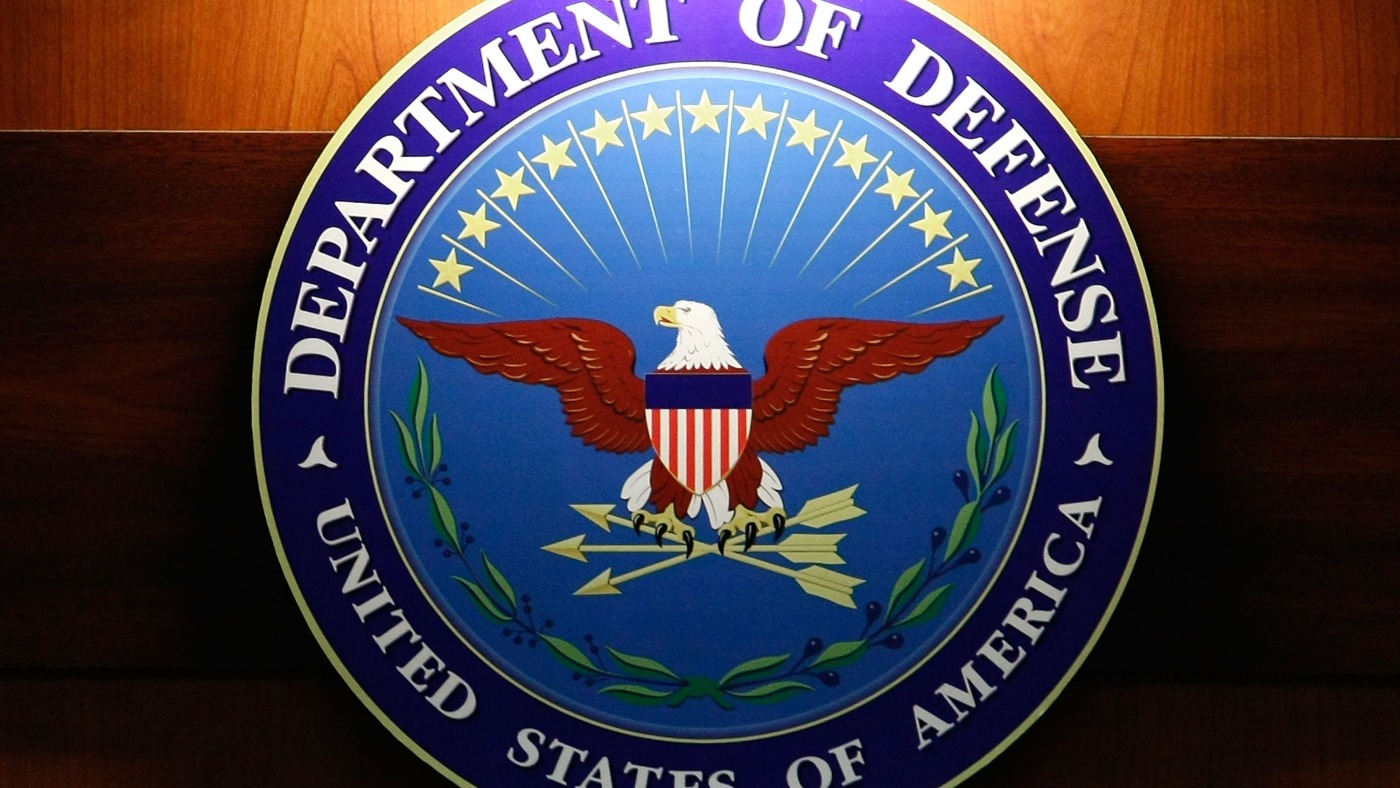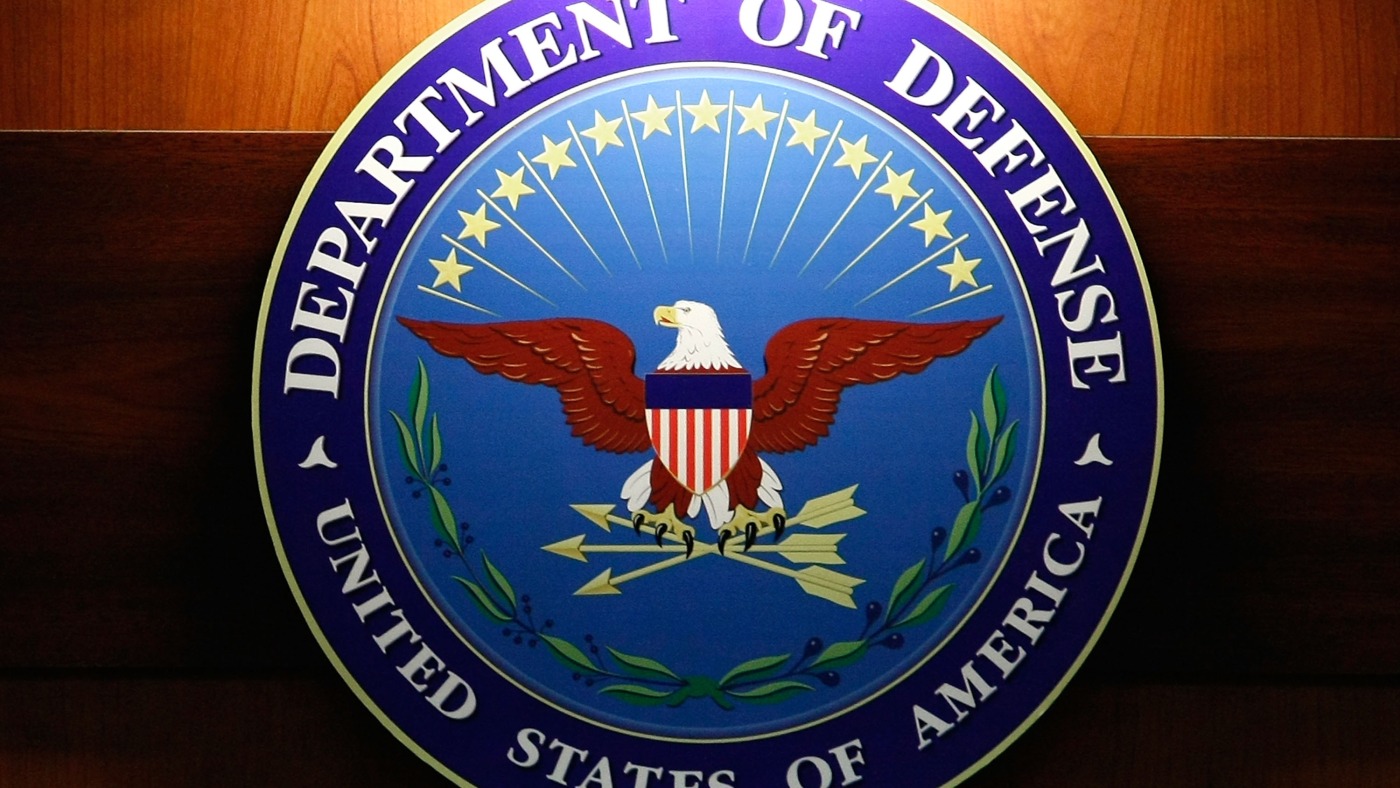The Deployment of Military Bases for Migrant Detention: A Controversial Strategy
Introduction: A Policy at the Crossroads
The decision to deploy military bases for migrant detention has ignited a firestorm of debate, forcing the nation to confront uncomfortable questions about its values, legal frameworks, and the role of the military in domestic affairs. This strategy, while presented as a pragmatic solution to a capacity crisis, has exposed deep fissures in the national discourse on immigration, human rights, and the separation of military and civilian functions. The implications of this policy extend far beyond the immediate logistical concerns, touching on the very fabric of American democracy and its commitment to justice and fairness.
The Genesis of the Plan: A Response to Capacity Crisis?
The rationale behind using military bases for migrant detention is rooted in the perceived inadequacy of existing Immigration and Customs Enforcement (ICE) facilities. The Trump administration’s aggressive immigration enforcement policies, which aimed to detain up to 100,000 individuals nationwide, created a surge in demand for detention space. This surge was not merely a result of increased border crossings but also a consequence of policies that prioritized detention over alternative measures, such as community-based supervision.
Defense Secretary Pete Hegseth’s assertion that these bases can house detainees without impacting military operations is a contentious claim. Critics argue that the real issue lies not in the lack of detention space but in the policies that have led to an unsustainable number of detentions. The focus on expanding detention capacity, rather than addressing the root causes of migration or exploring less punitive alternatives, raises serious questions about the underlying motivations and long-term implications of this strategy.
The Logistics and Scope: Numbers and Infrastructure
The Department of Homeland Security (DHS) has outlined plans to create space for up to 1,000 individuals at each of the Indiana and New Jersey bases. The logistical challenges of housing such a large number of detainees on military installations are substantial. These bases, designed for military training and defense, are not inherently equipped to provide the necessary housing, medical care, and security for a detained civilian population.
The physical layout of these bases, which often include remote and secure locations, poses additional challenges. Ensuring adequate living conditions, access to legal counsel, and medical care in such environments is a complex task. The coordination required between DHS, ICE, and the Department of Defense (DOD) is immense, and any missteps could lead to significant humanitarian and operational issues.
Legal and Ethical Considerations: A Minefield of Debate
The use of military bases for immigrant detention raises profound legal and ethical concerns. The Posse Comitatus Act, which prohibits the use of the U.S. military for domestic law enforcement, is a critical legal consideration. While there may be legal interpretations that allow for the use of military facilities under specific circumstances, the spirit of the law is to maintain a clear separation between military and civilian functions. Blurring this line could set a dangerous precedent for future government actions.
Ethically, the rights and well-being of detainees are paramount. Access to legal counsel, medical care, and adequate living conditions are fundamental rights that must be guaranteed, regardless of where individuals are detained. The remoteness of some military bases and the potential for limited oversight could pose significant challenges in ensuring these rights are protected. The historical parallels to past instances of government overreach, such as the internment of Japanese Americans during World War II, serve as a stark reminder of the potential for abuse and the importance of safeguarding individual liberties.
Community Impact and Political Fallout
The decision to house immigrant detainees near or within military bases has a ripple effect on the surrounding communities. Concerns about safety, security, and the potential for increased strain on local resources are often voiced by residents. The presence of detention facilities can negatively impact the reputation and image of a community, potentially deterring investment and tourism.
Politically, the issue has proven to be highly divisive. Democrats have largely condemned the plan, arguing that it jeopardizes military preparedness and could lead to ICE raids within local communities. Some have also expressed concern about the potential for the militarization of immigration enforcement, blurring the lines between civilian and military roles. The political fallout from this policy could have lasting implications for community relations and the trust between the government and the public.
The Shadow of the Past: Historical Parallels and Lessons Learned
The use of military facilities for detention purposes is not entirely without precedent in American history. During World War II, Japanese Americans were interned in camps located on military bases and other sites across the country. These historical events serve as a stark reminder of the potential for government overreach and the importance of safeguarding individual liberties, even in times of perceived crisis.
Drawing lessons from past experiences is essential in ensuring that any future use of military facilities for detention purposes adheres to the highest standards of human rights and due process. Transparency, accountability, and independent oversight are crucial in preventing abuses and maintaining public trust. The historical context underscores the need for a cautious and measured approach to immigration enforcement, one that prioritizes the protection of individual rights and the rule of law.
Alternatives and Solutions: Exploring Other Options
While proponents argue that using military bases is a necessary measure to address the capacity crisis, critics contend that alternative solutions should be explored. Investing in community-based alternatives to detention (ATD) programs has been proposed as a more humane and cost-effective approach. ATD programs allow individuals to remain in their communities while awaiting immigration hearings, reducing the need for detention space and promoting family unity.
Furthermore, addressing the root causes of migration through diplomatic efforts and economic development initiatives could help to alleviate the pressure on border security and reduce the number of individuals seeking entry into the United States. A comprehensive approach that combines enforcement with humanitarian considerations is essential in addressing the complex challenges of immigration. By exploring these alternatives, the government can demonstrate a commitment to both national security and the protection of human rights.
A Contentious Chapter: Examining the Future
The debate surrounding the use of military bases for migrant detention represents a contentious chapter in the ongoing discussion about immigration policy in the United States. The legal, ethical, and practical considerations raised by this issue demand careful scrutiny and thoughtful deliberation. As the nation grapples with the complexities of immigration, it is imperative to uphold the principles of due process, fairness, and respect for human dignity.
Conclusion: A Crossroads of Values
Ultimately, the decision to utilize military bases for immigrant detention reflects a fundamental choice about the values and principles that define American society. Striking a balance between national security concerns and the protection of human rights is paramount. As the nation grapples with the complexities of immigration, it is imperative to uphold the principles of due process, fairness, and respect for human dignity. The path forward requires not only pragmatic solutions but also a commitment to the enduring values that have shaped the American experience. The choices made today will resonate for generations, shaping the nation’s legacy and its standing in the world.








